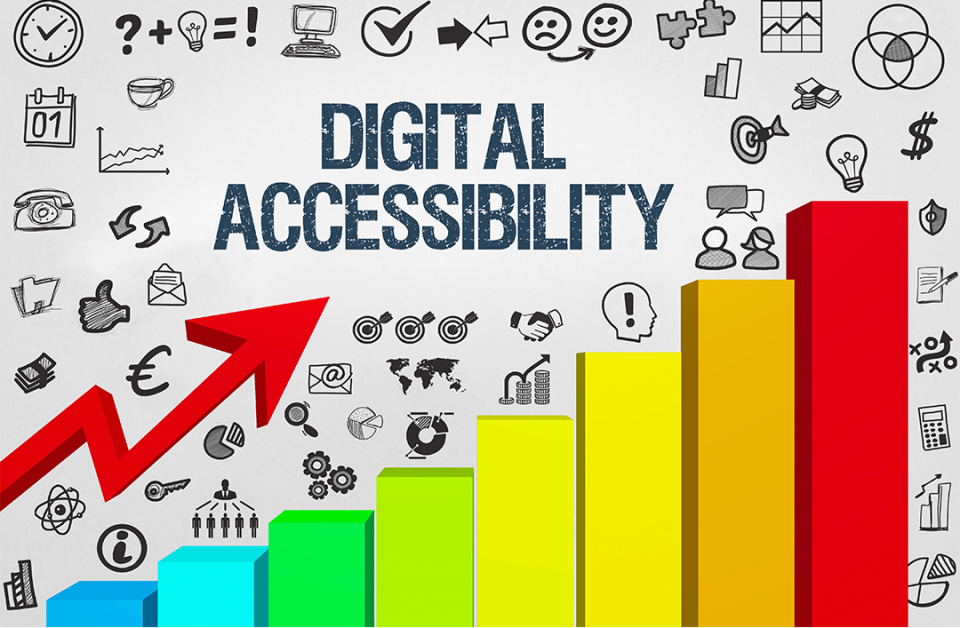Many businesses face financial challenges, yet there is a need for them to consider and prioritise digital accessibility. This blog looks into the value of digital accessibility and how this expenditure can be justified.
Is Accessibility Just A “Nice To Have” Feature?
Digital accessibility is not only a legal requirement, but it also makes good business sense as it expands your potential customer base and enhances your brand reputation.
How Do You Demonstrate The Value of Digital Accessibility When Building A Business Case?
Here are some things to take into consideration when building a business case for digital accessibility:
- Market Expansion: Accessibility increases your customer base by reaching a broader audience. Use market research and demographic data to estimate the size of this audience and potential revenue increase.
- Compliance and Legal Risk: Non-compliance can result in lawsuits, fines and reputational damage. Calculate the potential cost of legal action and compare it to the cost of implementing accessibility measures.
- Enhanced Brand Reputation: Being known for accessibility, attracts more customers who appreciate inclusive businesses. To do so, share stories and case studies about organisations that have improved their reputation through accessibility initiatives.
- Competitive Advantage: Explain how digital accessibility can give you a competitive advantage. In some cases, you might be able to enter new markets or gain an edge over competitors who have not prioritised accessibility.
- User Retention and Loyalty: Retaining existing customers is essential and inaccessible digital products will frustrate and alienate users, leading to a loss in business. Show how user satisfaction and loyalty lead to long-term revenue gains.
- Innovation and Future-Proofing: Accessibility is not just about compliance, but also innovation. This is because accessible design often leads to more user-friendly and adaptable products for everyone.
- Customer testimonials: Collect feedback from customers who’ve benefited from your accessibility efforts. Real-life stories are compelling evidence of positive impact.
- Cost Savings: Whilst there are upfront costs, strategically, being accessible can reduce the need for workarounds, adaptations, and reasonable adjustments. This along with decreasing the cost of legal action and making development processes more efficient.
- Return on Investment: Use a cost-benefit analysis to compare investment in accessibility with returns, including both quantitative and qualitative factors.
- Employee Productivity: When digital tools and resources are accessible, employees with disabilities, health impairments, and short-term injuries will be able to perform their tasks more efficiently.
- Stakeholder Support: Ensure the case for inclusive change aligns with corporate values and goals.
- Measurable metrics: Establish key performance indicators (KPIs) related to accessibility and track them over time. Metrics such as improved website traffic, reduced support calls, fewer workarounds needing to be developed and managed, and increased sales, all provide concrete evidence of value.
Achieving Your Digital Accessibility Journey
Remember, becoming digitally accessible is not an overnight activity; develop a road map which sets out your strategy for achievement over a three-to-five-year period.
If you want us to support your journey then please email our team of experts for assistance.







